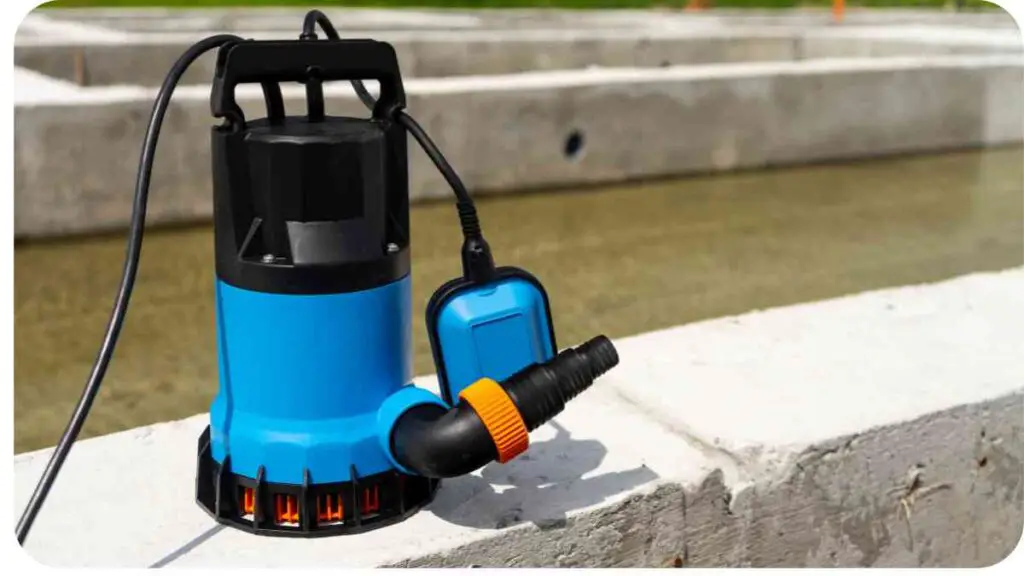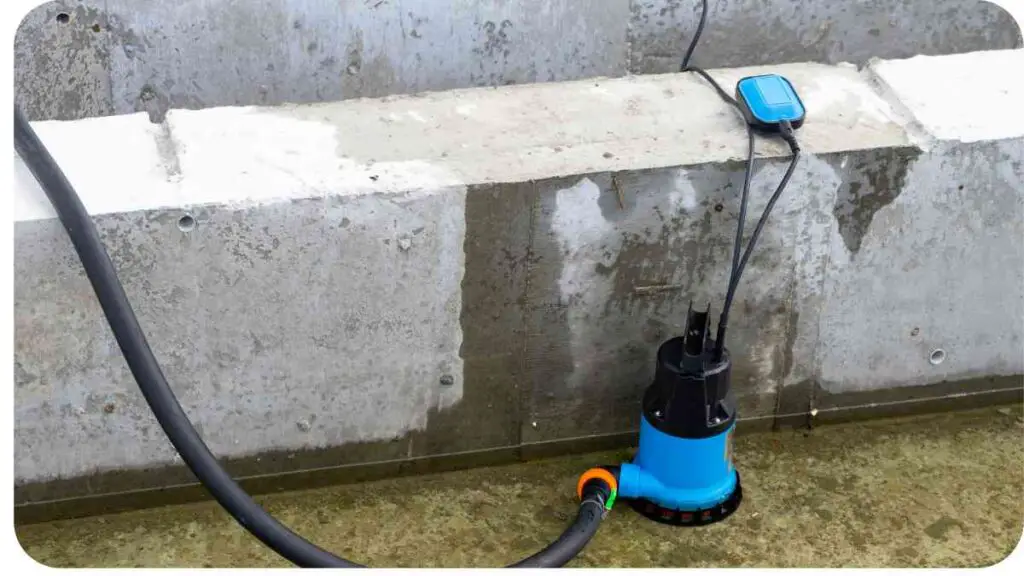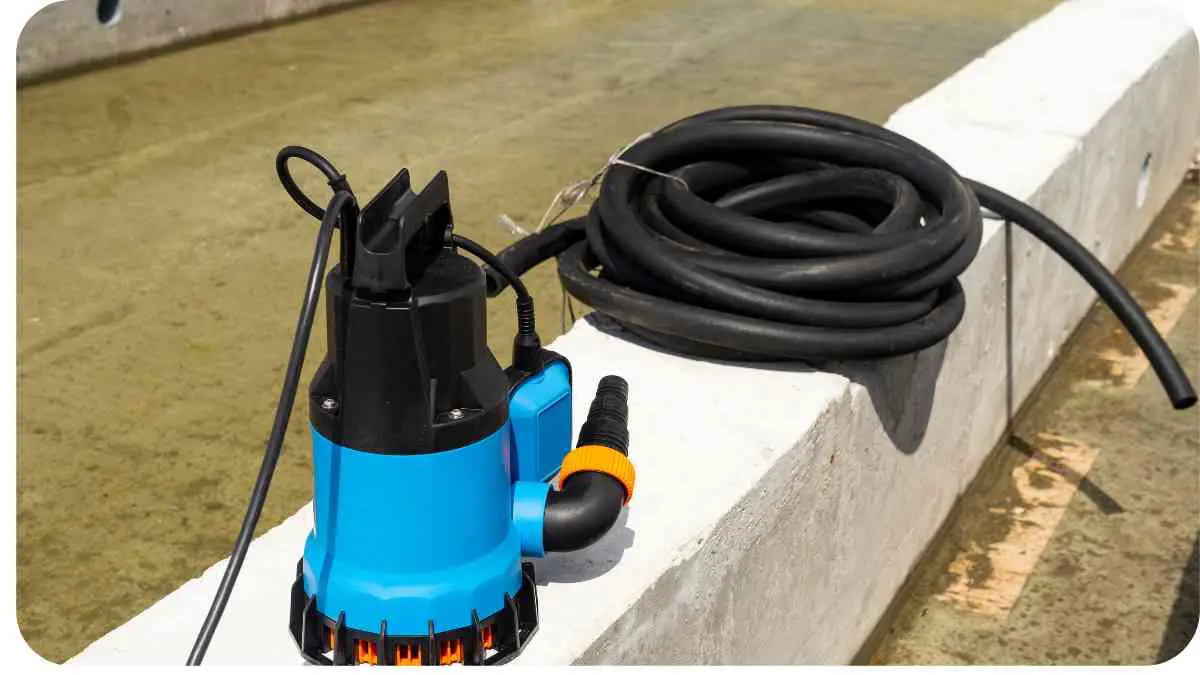Fountains can add an enchanting touch to your outdoor space, creating a serene atmosphere and becoming a focal point of relaxation. However, there’s nothing more frustrating than when your fountain’s flow is disrupted due to pump problems.
In this article, we will delve into the intricacies of common fountain pump issues and explore effective solutions. As a seasoned fountain enthusiast and expert, I’ve encountered my fair share of challenges, and I’m here to share my knowledge to help you keep your fountain flowing smoothly.
| Takeaways |
| 1. Regular maintenance is crucial for fountain pump performance. |
| 2. Maintain proper water levels to prevent insufficient flow. |
| 3. Unusual noises often have straightforward solutions, such as cleaning or part replacement. |
| 4. Overheating can be prevented by ensuring proper ventilation and lubrication. |
| 5. Leaks and clogs are manageable with timely repairs and replacements. |
| 6. Regular cleaning and lubrication are essential for long-term fountain pump health. |
| 7. Keeping spare parts on hand can expedite repairs when issues arise. |
| 8. Seeking professional help is a viable option if troubleshooting efforts prove unsuccessful. |
| 9. Explore further resources for in-depth guidance on fountain pump maintenance and troubleshooting. |
| 10. Enjoy the tranquility of your fountain by addressing and resolving common pump problems effectively. |
2. Understanding Fountain Pumps
Before we dive into troubleshooting, let’s understand the heart of your fountain—the pump itself. A fountain pump is responsible for circulating water, creating the soothing sounds and captivating visual display we love. These pumps come in various sizes and capacities, but they all work on similar principles.
When you turn on your fountain, the pump draws water from the reservoir and sends it up to the fountain head, where it cascades back down into the basin. This continuous cycle creates a mesmerizing effect. However, when problems arise, this cycle can be disrupted.
If your fountain isn’t flowing as expected, it might be due to issues with the pump. Common pump problems can disrupt your water feature’s tranquility. To troubleshoot, read our guide on common pump problems.
3. Common Fountain Pump Problems

3.1 Insufficient Water Flow
Table 1: Factors Affecting Water Flow
| Problem | Possible Causes | Solutions |
| Low water level | Insufficient water in basin | Regularly top up water |
| Clogged pump inlet | Debris accumulation | Clean pump inlet and filter regularly |
| Pump size | Inadequate pump capacity | Upgrade to a higher capacity pump |
To address insufficient water flow, ensure that your fountain’s water level is consistently maintained. It’s also essential to keep the pump’s inlet free from debris and clean the filter regularly. If the problem persists, consider upgrading to a higher-capacity pump to meet your fountain’s needs.
Outdoor lights flickering can be frustrating. It’s essential to address landscape lighting issues promptly. To maintain your outdoor ambiance, explore solutions for flickering lights.
3.2 Strange Noises
Table 2: Noise Troubleshooting
| Noise | Possible Causes | Solutions |
| Grinding or humming | Debris in impeller or motor | Clean impeller and motor |
| Rattling or clanking | Loose or damaged components | Inspect and tighten or replace parts |
| Squealing or screeching | Bearing wear or misalignment | Lubricate or replace bearings |
If your fountain pump is making unusual sounds, don’t fret. These noises are often due to debris in the impeller or motor. Cleaning these components can often resolve the issue. For rattling or clanking noises, inspect and tighten or replace any loose or damaged parts. If you hear squealing or screeching, it may indicate bearing wear or misalignment, which can be resolved by lubricating or replacing the bearings.
3.3 Pump Overheating
Table 3: Overheating Solutions
| Issue | Possible Causes | Solutions |
| Overheating motor | Poor ventilation | Ensure proper pump placement for ventilation |
| Running at high speed | Overworking the pump | Adjust the pump speed or capacity |
| Insufficient lubrication | Lack of maintenance | Regularly lubricate pump bearings |
If your fountain pump is overheating, it may be due to poor ventilation. Make sure your pump is placed in a well-ventilated area to dissipate heat effectively. Additionally, consider adjusting the pump speed or capacity if it’s running too fast. Regularly lubricating the pump bearings can also prevent overheating.
Wilting plants despite regular watering can be perplexing. Discover the reasons behind this mystery and find solutions to revive your garden with our guide on wilting plants.
3.4 Leaking Water
Table 4: Causes and Fixes for Leaks
| Issue | Possible Causes | Solutions |
| Loose connections | Faulty hose or fittings | Tighten connections or replace parts |
| Cracked housing | Wear and tear | Replace the housing |
| Seal failure | Damaged or worn-out seals | Replace the seals |
Leaking water can be a frustrating issue, but it’s manageable. Tighten loose connections or replace faulty hoses or fittings. If you notice a cracked housing, it’s best to replace it to prevent further leaks. In cases of seal failure, replace the damaged or worn-out seals for an effective fix.
3.5 Clogging Issues
Table 5: Preventing and Clearing Clogs
| Problem | Possible Causes | Solutions |
| Debris buildup | Accumulation of debris | Regularly clean the fountain and pump |
| Algae growth | Algae formation in the system | Use algaecides or UV clarifiers |
| Pump inlet clog | Inlet blockage | Clear the inlet of any obstructions |
Clogs can impede your fountain’s flow. To prevent them, regularly clean the fountain and pump to remove debris. Consider using algaecides or UV clarifiers to combat algae growth. If you encounter a pump inlet clog, clear it of any obstructions to restore proper water flow.
If soggy garden beds are causing problems, it’s time to improve soil drainage. Explore effective solutions for better drainage in your garden with our guide on soil not draining.
4. Maintenance Tips

Maintaining your fountain and pump is crucial for long-term performance. Here are some essential tips to keep in mind:
Regular Cleaning: Clean the fountain, pump, and associated components regularly to prevent debris buildup.
Lubrication: Lubricate moving parts as recommended by the manufacturer to reduce wear and friction.
Replacement Parts: Keep spare parts on hand, such as seals, impellers, and bearings, for quick replacements when needed.
5. Professional Help
If you’ve tried the troubleshooting steps but still can’t resolve the issue, don’t hesitate to seek professional assistance. A qualified technician with expertise in fountain pumps can diagnose and fix complex problems effectively.
Choosing the perfect water feature for your outdoor space is crucial. To enhance your surroundings, read our guide on how to choose the perfect water feature. Make a wise decision for a serene environment.
6. Conclusion
In conclusion, maintaining a flowing fountain requires a combination of knowledge, experience, and troubleshooting skills. By addressing common fountain pump problems promptly and effectively, you can enjoy the soothing ambiance of your fountain without interruptions. Remember, regular maintenance is key to keeping your fountain in top condition. So, roll up your sleeves, get hands-on, and let the tranquility of your fountain wash over you. Happy fountain-keeping!
Further Reading
Here are some additional resources to help you further explore and troubleshoot common fountain pump problems:
- Steps to an Effective Fountain Pump Repair: This comprehensive guide provides step-by-step instructions for repairing your fountain pump, ensuring it continues to run smoothly.
- Common Outdoor Fountain Problems to Troubleshoot: Discover common issues that can affect your outdoor fountain and learn how to troubleshoot them effectively to keep your fountain in great shape.
- 8 Tricks for Troubleshooting Your Pond Pump: Explore eight valuable tricks and tips for troubleshooting pond pumps, which can be applied to fountain pumps as well, to maintain your water feature.
FAQs
How can I prevent clogs in my fountain pump?
To prevent clogs in your fountain pump, regularly clean the fountain and pump components to remove debris. Additionally, consider using algaecides or UV clarifiers to inhibit algae growth, which can contribute to clogs.
What should I do if my fountain pump is making strange noises?
If your fountain pump is producing unusual sounds such as grinding, rattling, or squealing, it may be due to various factors. Refer to the troubleshooting section in this article for specific solutions based on the type of noise you’re experiencing.
How often should I lubricate my fountain pump’s bearings?
The frequency of lubricating your fountain pump’s bearings depends on the manufacturer’s recommendations. Typically, it’s done periodically as part of routine maintenance. Check your pump’s user manual for specific guidelines.
Can I replace fountain pump parts myself?
Yes, you can replace fountain pump parts yourself if you have the necessary tools and skills. Commonly replaced parts include seals, impellers, and bearings. It’s essential to follow manufacturer guidelines and safety precautions when doing so.
When should I seek professional help for my fountain pump issues?
If you’ve attempted troubleshooting but cannot resolve the problem, or if the issue is complex and requires specialized knowledge, it’s advisable to seek the assistance of a qualified technician with expertise in fountain pumps. They can diagnose and fix more challenging problems effectively.

Hi! My name is Hellen James, and I’m a landscape designer in Los Angeles. I’ve been working with homeowners and businesses to help them improve the look of their properties for over 10 years.


